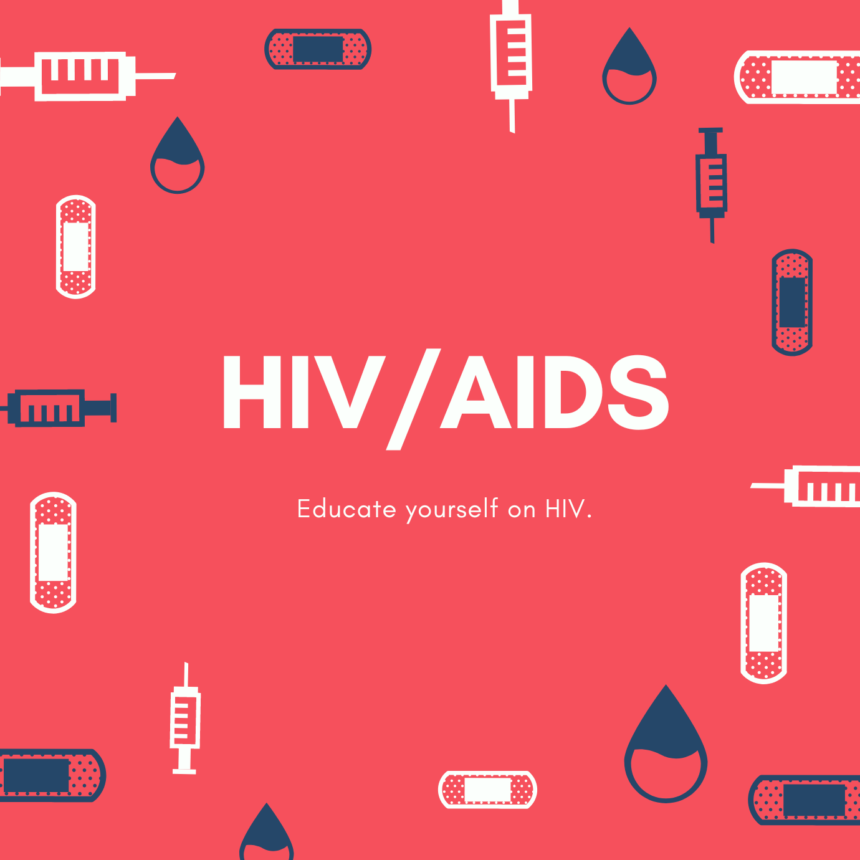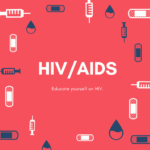This guide aims to raise awareness about HIV prevention strategies, providing valuable information to individuals, communities, and healthcare providers. It emphasizes the importance of education, awareness, and adopting safer practices to reduce the transmission of HIV.
- Understanding HIV Transmission: The guide starts by explaining how HIV is transmitted, including sexual contact, sharing of needles, and mother-to-child transmission. It emphasizes the importance of knowing one’s HIV status and how early diagnosis can play a crucial role in preventing further transmission.
- Promoting Safe Sex Practices: This section focuses on safe sex practices, such as consistent and correct condom use, reducing the number of sexual partners, and communicating openly about HIV status with sexual partners. It also covers the role of pre-exposure prophylaxis (PrEP) for individuals at higher risk of HIV.
- HIV Testing and Early Diagnosis: The guide underscores the importance of regular HIV testing, especially for individuals engaging in high-risk behaviors. It explains the different testing methods available and encourages people to seek early diagnosis and appropriate medical care if they test positive.
- Needle Exchange Programs: This section highlights the significance of needle exchange programs for intravenous drug users. It explains how these programs help prevent the transmission of HIV and other blood-borne infections by providing clean needles and syringes.
- Preventing Mother-to-Child Transmission: The guide addresses the prevention of mother-to-child transmission (PMTCT) of HIV. It explains the importance of antiretroviral therapy during pregnancy, delivery, and breastfeeding to reduce the risk of transmitting the virus from mother to child.
- School and Community-based Education: This section advocates for comprehensive HIV education in schools and communities. It discusses age-appropriate education about HIV transmission, prevention, and stigma reduction, aiming to empower individuals with knowledge to make informed decisions.
- Stigma Reduction and Awareness: The guide emphasizes the role of reducing HIV-related stigma to encourage people to get tested and seek appropriate care. It promotes awareness campaigns that challenge misconceptions and discriminatory attitudes about HIV.
- Partnering with Healthcare Providers: This section emphasizes the importance of healthcare providers in HIV prevention efforts. It encourages providers to offer routine HIV testing and counseling, provide information about prevention methods, and promote open communication with patients.
- Public Health Interventions: The guide explores the effectiveness of public health interventions, such as awareness campaigns, access to prevention tools like condoms and PrEP, and outreach programs in high-risk communities.
- Community Engagement and Empowerment: This final section emphasizes the significance of community engagement in HIV prevention. It encourages the involvement of community leaders, organizations, and individuals in promoting safer practices and educating others about HIV prevention.
By disseminating comprehensive information about HIV prevention strategies and promoting education and awareness, this guide seeks to reduce the incidence of new HIV infections and contribute to a healthier and more informed society. It underscores the importance of a multi-faceted approach that involves individuals, communities, healthcare providers, and policymakers working together to achieve a common goal of preventing the spread of HIV.









